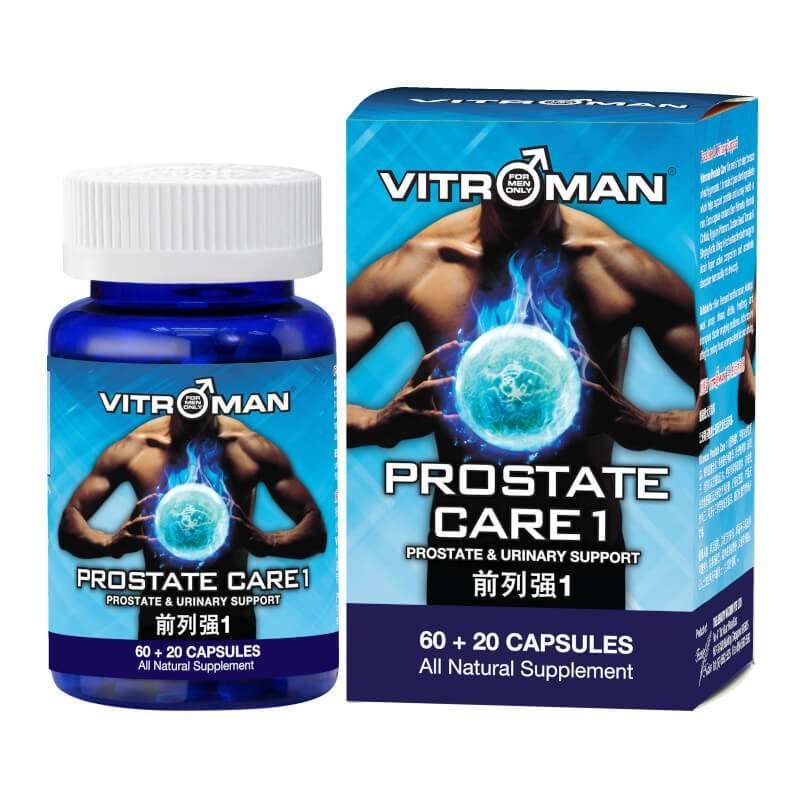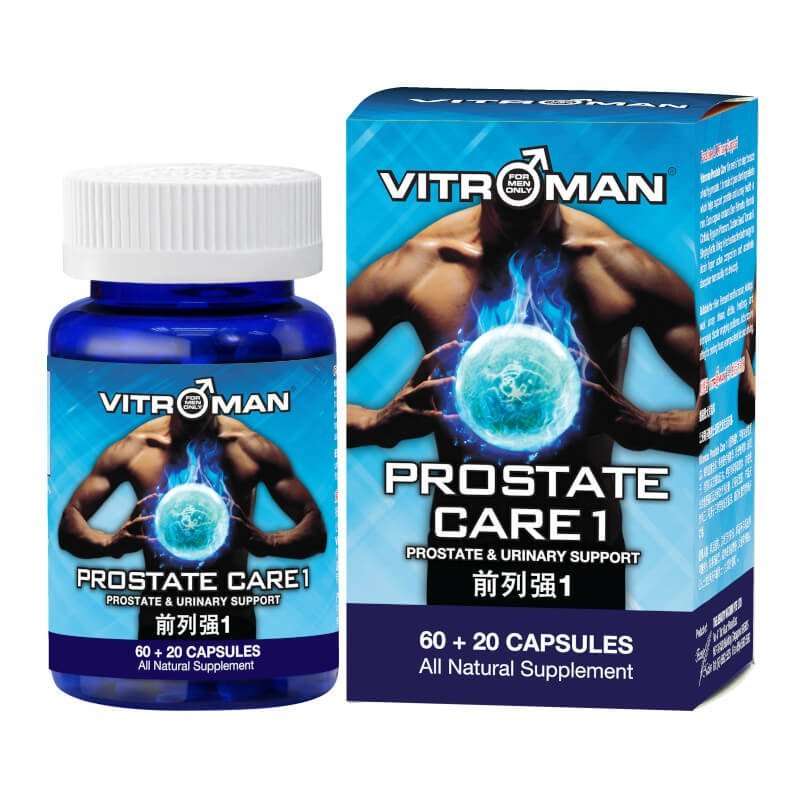
Impotence And Vaginismus
Share
The presence of involuntary muscular spasm in the outer third of the vaginal barrel, with the resultant severe constriction of the vaginal orifice, is obvious. The literature has remarked on an unusual physical response pattern of a woman afflicted with vaginismus.
She reacts in an established pattern to psychological stress during a routine pelvic examination that includes observation of the external genitalia and manual vaginal exploration.
The patient usually attempts to escape the examiner’s approach by withdrawing toward the head of the table, even raising her legs from the stirrups or constricting her thighs in the midline to avoid the implied threat of the impending vaginal examination.
Frequently this reaction pattern can be elicited by the woman’s mere anticipation of the examiner’s physical approach to pelvic examination rather than the actual act of manual pelvic investigation.
When vaginismus is a fully developed clinical entity, constriction of the vaginal outlet is so severe that penile penetration is impossible.
Frequently, manual examination can be accomplished only by employing severe force, an approach to be decried, for little is accomplished from such a forced pelvic investigation, and the resultant psychosexual trauma can make the therapeutic reversal of the syndrome more difficult.
The Diagnosis:
vaginismus can easily be established by a one-finger pelvic examination. If a non traumatic pelvic exploration is conducted, and a markedly apprehensive woman somewhat reassured in the process, the first step has been taken in therapeutic reversal of the involuntary spasm of the vaginal outlet.
Vaginismus may be of such severity that a marriage cannot be consummated. Medical consultants frequently have mistaken unrecognized involuntary vaginal spasm for the presence of a pressure resistant hymen.
As the result of this clinical confusion, surgical excision of the presumed resistant hymen has been recommended and conducted on many occasions without providing the patient and her husband with the expected relief from physical obstruction to effective coital connection.
The possibility of coexistent vaginismus should be explored in depth by means of an accurate psychosexual-social history as well as a definitive, but not forced, pelvic examination before surgical excision of a presumed all-resistant hymen is conducted.
Vaginismus has been encountered frequently in marriages with rarely occurring coitus as well as in non consummated marriages. Interestingly, the syndrome has a high percentage of association with primary impotence in the male partner, providing still further clinical evidence to support procedural demand for simultaneous evaluation and treatment of both marital partners when sexual dysfunction within a marital unit is the presenting complaint.
Impotence and Vaginismus
In retrospect, when primary impotence and vaginismus exist in a marriage, it is difficult to be sure whether there was involuntary spasm of the vaginal outlet prior to the unsuccessful attempts at coital connection or whether the vaginismus emerged from the wife’s high levels of sexual frustration developing secondary to the male partner’s lack of erective security.
Primary impotence and vaginismus probably antedate one another with equal frequency, but when either exists a marriage cannot be consummated, and sexual dysfunction is likely to appear in the other partner.
If severe vaginismus exists prior to attempted consummation of a marriage, primary or secondary impotence can result from repetitive failures at intromission. Of course, within many marital units involuntary vaginal spasm has existed for years without resulting in any symptoms of male sexual dysfunction.
In such cases either the husband is satisfied with ejaculatory release with minimal or partial penetration or the degree of involuntary spasm is sufficient only to delay and not to deny vaginal penetration.
Past Cases
29 cases of vaginismus have been diagnosed and treated over 11 years. While etiological factors are multiple, the syndrome is frequently identified in association with male sexual dysfunction.
Equaling male dysfunction as an etiological agent is the psychosexually inhibiting influence of excessively severe control of social conduct inherent in religious orthodoxy. Third in etiological frequency are the symptoms of involuntary vaginal spasm which have been identified as related to specific episodes of prior sexual trauma. Fourth in order of occurrence is the stimulus toward vaginismus derived from attempted heterosexual function by a woman with prior homosexual identification.
There are in the clinical files 12 examples of religious orthodoxy as a major etiological factor in the onset of vaginismus. The presence of this syndrome contributed to 9 non consummated marriages and 3 in which coitus was infrequent.
Of the female partners with vaginismus 4 were oriented to a restrictive orthodox Jewish background, 6 were products of a psychosexually repressive Catholic background, and 2 had the religious orientation of stringent Protestant fundamentalism.
In these 12 cases in which religious orthodoxy was a factor in vaginismus, 5 male partners were primarily impotent and also had similar orthodox religious backgrounds; 2 husbands who had been successful in coital connection with other women before meeting their wives-to-be became secondarily impotent after repetitively unsuccessful attempts at vaginal penetration.
Another 2 husbands had not been able to penetrate their wives more than three times during marriages of five and eight years although they were potent prior to and after marriage and additionally potent during marriage with other partners; in the two years before referral to the Foundation.
These husbands reported increasing frequency of erective failure and, although not completely impotent, were well on their way toward that status when seen in therapy. There were 2 husbands who continued potent despite marriages of fourteen and two years without successful vaginal penetration. Neither described sexual activity outside of the marriage.
Male partner tension relief usually was obtained from manipulation by the wife. The wives were not responsive to similar approaches.
In one marriage, the male partner was a severe premature ejaculator. Intromission rarely occurred during the first four years because the husband could not control his ejaculatory process sufficiently to accomplish vaginal penetration. It must be pointed out, however, that a heavy burden had been placed upon this premature ejaculator by the extremely difficult vaginal penetration.
The excessive stimulation returned to the male by difficult penetrative efforts contributed to the husband’s acknowledged rapid ejaculatory tendencies. When seen in therapy, the wife, denying coital experience before marriage, had involuntary vaginal spasm.
Whether spasm was present at marriage is debatable, but the marital combination of premature ejaculation and vaginismus was insuperable sexually for both husband and wife.
Of specific interest is the fact that 6 primarily impotent males with religious orthodoxy as the major etiological factor influencing their sexual dysfunction have been treated at the Foundation.
Five of these men married women who have been categorized as evidencing vaginismus. For the wives as well as the husbands, the indisputable etiological factor in both partners’ sexual inadequacy was the overwhelming influence of religious orthodoxy.
Clinical histories illustrative of the potential sexual difficulties inherent in marriages between orthodox partners have been presented in the discussion on primary impotence and primary orgasmic dysfunction and will not be repeated.
Histories describing direct association of vaginismus with male sexual inadequacy are made available to underscore the fact that sexual dysfunction, regardless of whether originally invested in the male or the female partner, is a marital-unit rather than an individual problem.
















